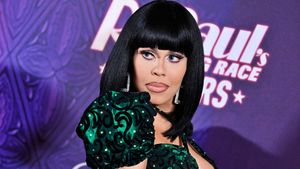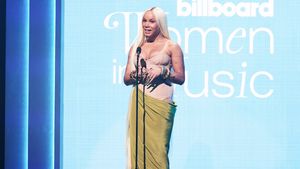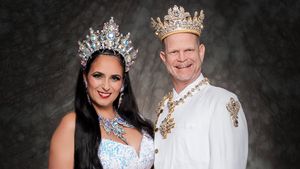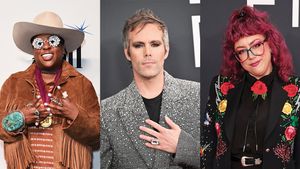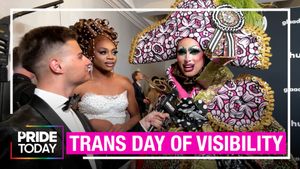Arts & Entertainment
Babies Can See Gender Stereotypes
Babies Can See Gender Stereotypes

Infants as young as 18 months can tell when gender norms have been violated, according to a Brown University professor's research.

Sunnivie Brydum
Sunnivie is the managing editor of The Advocate, and an award-winning journalist whose passion is covering the politics of equality and elevating the unheard stories of our community. Originally from Colorado, she and her spouse now live in Los Angeles, along with their three fur-children: dogs Luna and Cassie Doodle, and "Meow Button" Tilly.
Sunnivie is the managing editor of The Advocate, and an award-winning journalist whose passion is covering the politics of equality and elevating the unheard stories of our community. Originally from Colorado, she and her spouse now live in Los Angeles, along with their three fur-children: dogs Luna and Cassie Doodle, and "Meow Button" Tilly.
October 24 2012 4:26 PM EST
November 17 2015 5:28 AM EST
sunnivie



















